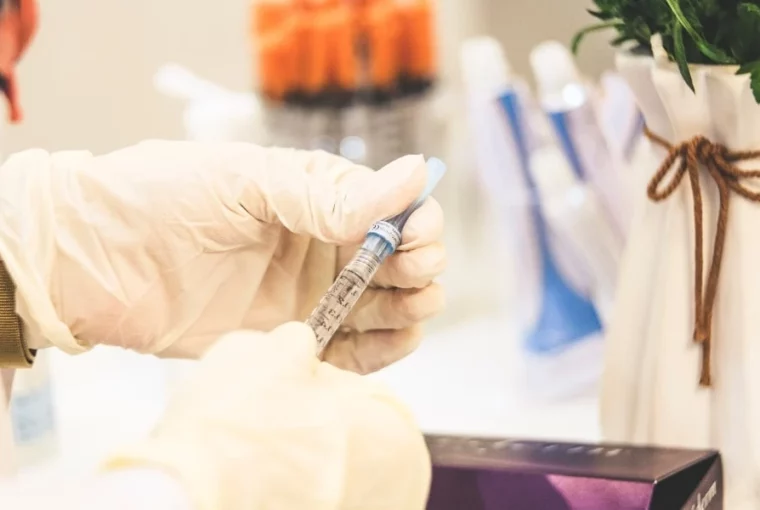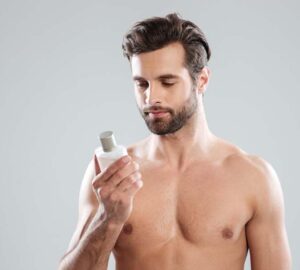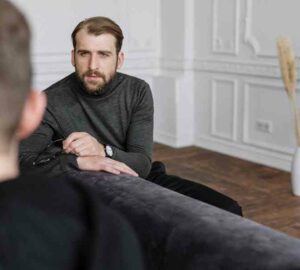The sign of maturity and age is first reflected via our facial skin through wrinkles, fine lines, etc. Most women use cosmetic products to hide their skin issues, but they are not effective in the long run.
Many people think about consulting with a cosmetic surgeon and getting a facelift surgery to look younger. The main goal of this surgery is to skillfully tighten and reposition both the skin and underlying tissues, which helps to reduce the visible signs of aging. The result is a fresher and younger look. While there are temporary options like Botox and other methods that don’t require surgery, people who want a more dramatic and long-lasting change often choose facelift surgery as a more thorough and lasting choice.
But Botox is also a popular method that is opted by women to enhance their look and remove the sign of aging from their skin. But nowadays, with advancements in technology, different alternatives to Botox are also available. Read this article to learn about Botox Alternative
What Is Botox?
Botox is a well-known term for a drug named onabotulinumtoxinA which belongs to the botulinum toxin category. This toxin is produced by the bacteria Clostridium botulinum and is commonly utilized in cosmetic procedures to minimize the visibility of wrinkles and fine lines.
By injecting it into the skin, Botox temporarily immobilizes the muscles that cause wrinkles resulting in a more youthful and smoother appearance.
Botox is employed for other medical purposes. However, it is a temporary treatment, and its effect only lasts for 3 to 6 months, after which another round of treatment is required.
7 Alternatives To Botox
Here is the list of 7 alternatives to Botox treatment:
Laser:
Laser therapy is often considered an alternative to Botox for the treatment of wrinkles and fine lines. Instead of using injections, laser therapy uses focused beams of light to stimulate collagen production and improve the appearance of the skin.
Several different types of laser therapy can be used to treat wrinkles and fine lines, including fractional lasers, non-ablative lasers, and ablative lasers.
The type of laser used will depend on the individual’s skin type, the severity of their wrinkles, and the desired outcome of the treatment.
Laser therapy works by using heat to stimulate collagen production and tighten the skin, which can lead to a reduction in the appearance of wrinkles and fine lines.
Microcurrent therapy:
Microcurrent therapy is a cosmetic treatment that does not involve incisions and uses weak electrical currents to activate the muscles and tissues in the face.
The aim of this treatment is to better the skin’s texture, remove fine lines and wrinkles, and enhance the overall health of the skin.
The therapy functions by administering low electrical currents to the skin believed to increase collagen production and improve the flow of oxygen and nutrients to the skin. This results in a reduced appearance of fine lines, wrinkles, and other aging signs.
Microneedling:
Microneedling is a popular non-intrusive procedure that involves the use of fine needles to make small punctures in the patient’s skin, which further triggers the body’s natural healing response and promotes the production of collagen.
The improvement in collagen production can lead to a decrease in the visibility of wrinkles, fine lines, and other indications of aging. It is often considered an alternative to Botox because it can provide similar anti-aging benefits without the need for injections.
Xeomin:
Xeomin is a type of injectable treatment that is often employed to eliminate fine lines and wrinkles from the facial skin. Like Botox, Xeomin is a neurotoxin that obstructs nerve signals, which leads to muscle contraction, thus reducing the appearance of wrinkles.
It is considered an alternative to Botox because it provides a similar cosmetic benefit of reducing the appearance of aging skin. Both Xeomin and Botox are injectable and are delivered directly into the skin, and both are designed to provide a more youthful and refreshed appearance.
But in comparison to Botox, Xeomin has a few key differences, including the way it is processed and the way it is delivered to the skin.
Xeomin is made using a process called “naked” neurotoxin, which means that it is not bound to any proteins or other substances, making it a more pure form of the neurotoxin.
Additionally, Xeomin is delivered into the skin using a different method than Botox, which some people may find to be a more comfortable or effective experience.
Cosmetic Acupuncture:
Cosmetic acupuncture is a form of traditional Chinese medicine that uses fine needles to stimulate specific points on the face and body to improve skin health and eliminate fine lines, wrinkles, and other signs of aging.
Instead of injecting toxins or other substances into the skin, cosmetic acupuncture uses fine needles to stimulate the underlying muscles and tissues, helping to increase circulation and promote collagen production.
However, it is important to note that cosmetic acupuncture may not be as effective as Botox in reducing the appearance of severe wrinkles and may require multiple treatments to achieve optimal results.
Face Exercise:
Face exercises are a form of physical therapy for the muscles of the face that aim to tone and tighten the skin, reduce fine lines and wrinkles, and improve overall skin health.
Face exercises typically involve a series of repetitive movements and facial expressions designed to target specific muscles in the face. Face exercises use physical movements to stimulate the underlying muscles and tissues, helping to increase circulation and promote collagen production.
Face Patches:
Face patches are a type of skin care product that is designed to be applied directly to the face, usually to target specific areas such as the under-eye area, the forehead, or the mouth.
Face patches are typically formulated with active ingredients such as hyaluronic acid, vitamins, minerals, and other nutrients that are said to help rejuvenate the skin, decrease wrinkles and fine lines, and hydrate the skin.
Face patches deliver active ingredients directly to the skin to help hydrate and rejuvenate the skin from the outside. However, the efficacy of face patches varies depending on the quality of the patches and the active ingredients they contain.
Conclusion
The bottom line is that if you are interested in any of the alternatives to Botox, it is important to speak to a doctor or licensed acupuncturist. He can provide more information on the risks and benefits of the treatment and help you determine the best course of action based on your individual needs. This is because it can have side effects and should be used with caution, particularly in individuals who have a history of allergies or are sensitive.




